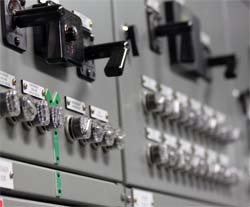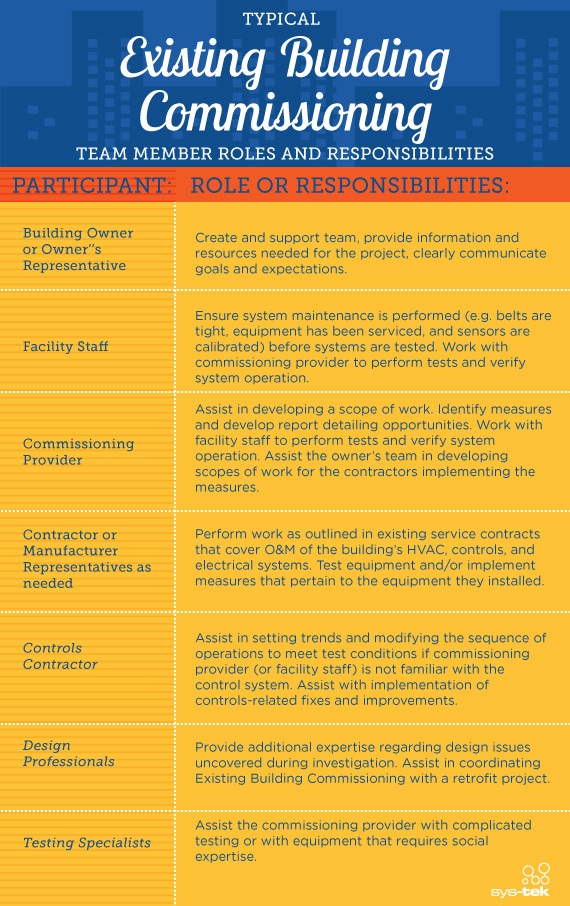NEC 2011 – Let the Fun Begin…
Jun 14, 2012
Check out the NEC 2011 Changes
Article 110 Requirements for Electrical Installations
New: 110.24 Available Fault Current.
Sitting in code class the other week I couldn’t believe my ears when they started talking about the new changes to the 2011 NEC. I applaud the new changes as they are geared towards safety. The descriptions and changes below are a step in the right direction.
 Section A
Section A
(A) Field Marking. Service equipment in other than dwelling units shall be legibly marked in the field with the maximum available fault current. The field marking(s) shall include the date the fault current calculation was performed and be of sufficient durability to withstand the environment involved.
This added section regarding available fault current will be a major change to the 2011 NEC. This change will now require that the service entrance equipment (other than dwelling units) be labeled and marked with the amount of available short-circuits current when installed. This does not require anything new from engineers, given that this information must be obtained prior to installing and specifying any new service equipment. To obtain this information, a fault study must be completed to identify the maximum amount of fault current available. In most applications, the engineer will only need to contact the utility and determine the transformer impedance, available fault current and the X/R ratio of the electrical system to examine the DC offset as necessary.
Section B
This is where life gets very interesting. To some this change may seem minor, but the ripples will go all the way to the shore…
(B) Modifications. When modifications to the electrical installation occur that affect the maximum available fault current at the service, the maximum available fault current shall be verified or recalculated as necessary to ensure the service equipment ratings are sufficient for the maximum available fault current at the line terminals of the equipment. The required field marking(s) in 110.24(A) shall be adjusted to reflect the new level of maximum available fault current.
Figure 1. Power Company changed transformer from 5.4% to 2.2% increasing the fault current from 18,000A to 45,000AIt states that when an installation takes place, the maximum available fault current at the service must be verified or recalculated. As we all know at the end of the day, the “Authority Having Jurisdiction” determines this. The AHJ can interoperate in such a way that anytime you change a branch circuit ,or modify the system, a fault current study must be done. Could you imagine doing a small lighting installation and an AHJ makes you recalculate the available fault current at the service entrance?
The reason they added Section B, was because some modifications could change the amount of fault current at the service entrance. For example, if you install a very large motor, the fault current contribution from that motor could make some of the upstream equipment inadequately sized, which is a violation of the NEC and a very dangerous situation for personnel. Also, if the power company were ever to change the transformer, the amount of fault current could increase by three fold! Figure 1 is a picture of the aftermath of the situation described above. Fault current is a function of impedance and as impedance changes so does the amount of fault current.
Some may say that this new addition to the code is impractical, ineffective, and a nightmare to enforce. In some situations, but not all, I would agree with those individuals. It would be very unreasonable to calculate and verify that the amount of fault current hasn’t changed, but the NEC cannot differentiate between those types of installations only the AHJ can. Good luck to all.
Exception: The field marking requirements of 110.24(A) and 110.24 (B) shall not be required in industrial installations where conditions of maintenance and supervision ensure only qualified persons service this equipment.


 Section A
Section A




